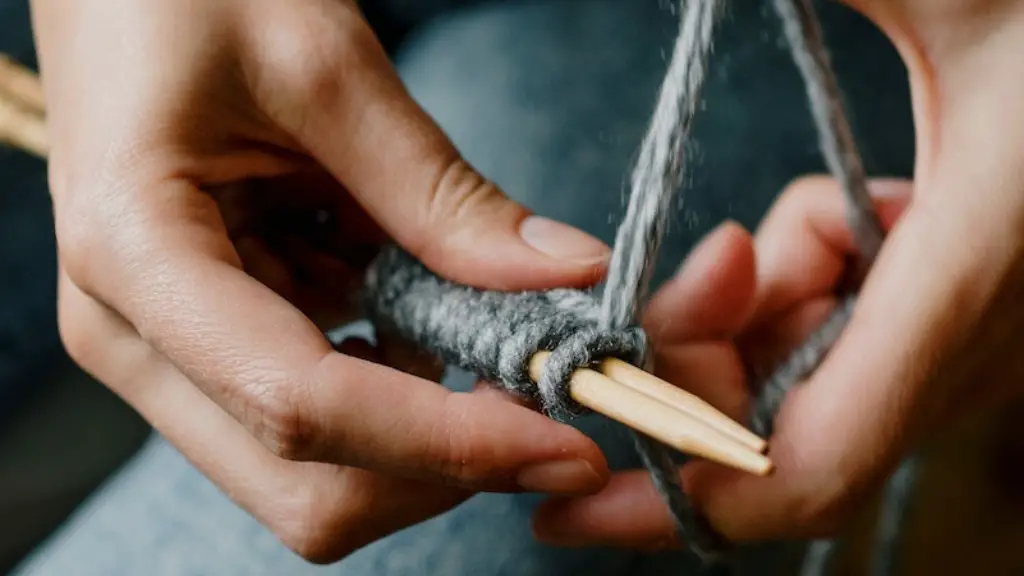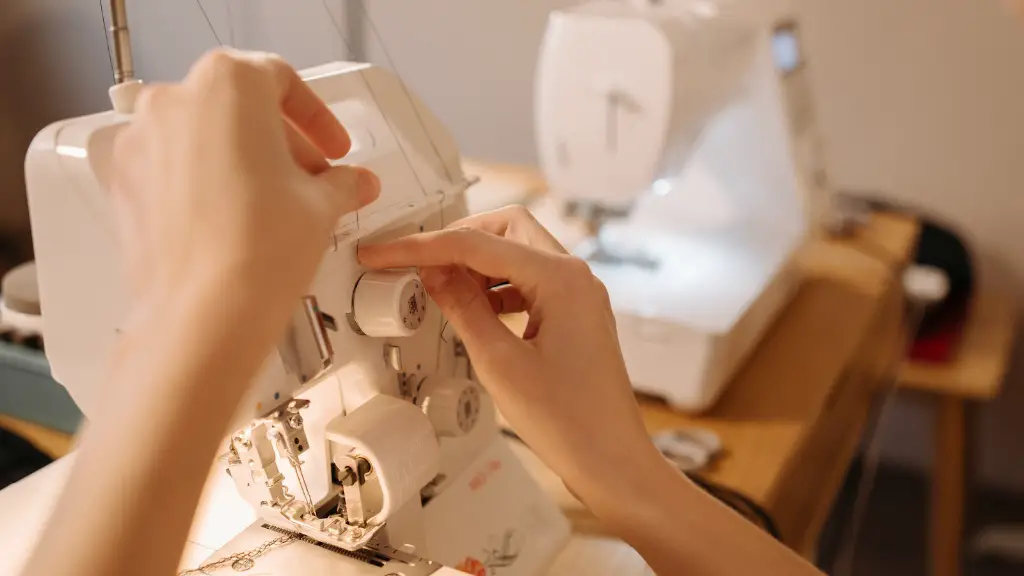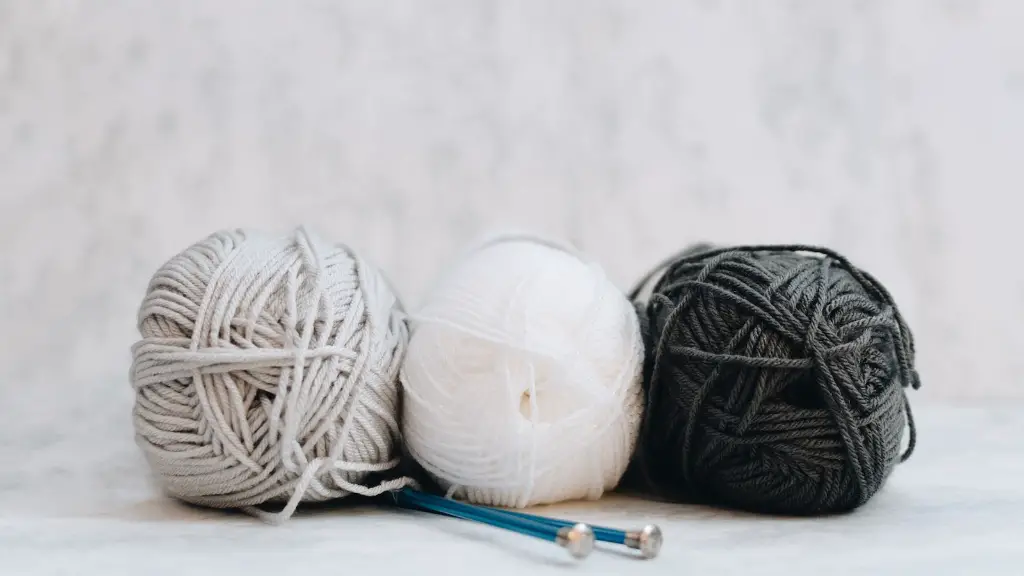Singer, Brother, and Janome are some of the most popular choices when it comes to sewing machines. Janome sewing machines are particularly attractive due to their ease of use, sleek design and affordability. However, like all sewing machines, Janomes require regular cleaning to keep them in good shape. Here is a guide on how to clean a Janome sewing machine properly.
Materials
When it comes to cleaning a Janome sewing machine, the following materials are necessary:
- Vacuum cleaner
- Soft-bristle brush
- Cotton swabs/pads
- Cotton cloth/old t-shirt
- Small bowl
- Lint-free cloth
- Paint tool/long brush
Cleaning the Outside of the Machine
To start, use a vacuum cleaner to clean off any large debris from the outside of the sewing machine. Make sure to use the softest brush option to eliminate any scratches. After that, make a solution with lukewarm water and mild soap. Dip a cloth into the solution and gently rub it onto the exterior of the sewing machine. Be careful not to get water into any jacks, holes or other openings.
For any more stubborn dirt or stains, use a cotton swab and some rubbing alcohol to carefully remove it. When you’re done, use a dry lint-free cloth to completely dry the machine. Make sure to get into all the nooks and crannies. Also, it’s worth noting that you should never use strong detergents such as bleach or harsh cleansers, as these can damage the machine or scratch the surface.
Cleaning the Bobbin Case
A dirty bobbin case can interfere with the operation of the sewing machine, as it can lead to thread tension issues or skipped stitches. To begin cleaning the bobbin case, open the bobbin door and remove the bobbin. Using a small brush, gently brush the area to remove lint or any other debris. Then, take a cotton swab or a lint-free cloth and gently wipe the case. Make sure to be very gentle in order to avoid any damage.
Once you’ve finished cleaning the case, return the bobbin to its original position. After that, you should rethread the machine to make sure that everything is working properly. Make sure to also test it on some scrap fabric to ensure that everything is working properly.
Cleaning the Bobbin Hook
The bobbin hook is the area where the thread is wound around the machine and the bobbin. This area must remain clean for the machine to work properly. To clean the bobbin hook, use a paint tool or a long brush to get into the area and remove any lint or debris. You can also use a vacuum to suck up any debris that may be stuck between the hook and the bobbin housing.
Once all of the lint has been removed, use a lint-free cloth to wipe the area. Make sure you’re wiping in the direction of the thread as this will prevent any damage. After that, rethread the machine as before to ensure that it’s working properly.
Cleaning the Needle Plate and Feed Dogs
The needle plate and the feed dogs are important parts of the sewing machine and need to be kept clean. To clean these areas, use either a soft brush or a cotton swab to gently clean away any lint or dust. Then, use a cotton cloth and some mild soap to wipe down these areas.
Once you’re done, use a lint-free cloth to dry the needle plate and the feed dogs. Make sure to be very gentle as these are delicate parts of the sewing machine. After that, rethread the machine as before to make sure that everything is working properly.
Clean the Inside of the Machine
One of the most overlooked parts of the sewing machine is the inside. Over time, lint and dust buildup can cause various problems, such as skipping stitches and tension issues. To clean the inside of the machine, start by removing the bobbin case. Then, use a vacuum cleaner to clean any dust or lint from the area. When you’re finished, return the bobbin case to its original position.
Then, use a small brush and some rubbing alcohol to clean the inside of the machine. Make sure to be careful not to get the rubbing alcohol into any jacks or other openings. After that, use a lint-free cloth to dry the area. Finally, rethread the sewing machine as before to make sure that everything is working properly.
Cleaning the Machined Hardware
Finally, the machined hardware such as the tension dials, drive belts and other moving parts need to be cleaned as well. To do this, use a soft brush to gently brush away any lint or dust. Then, use a cotton swab and some rubbing alcohol to clean any hard-to-reach areas. Finally, wipe down the hardware with a lint-free cloth to make sure it’s completely dry before you start sewing with the machine.
Preventative Care
Once you’ve finished cleaning the Janome machine, here are some tips for preventative care:
- Make sure to always keep the machine in a clean and dust-free environment.
- Before embarking on a long project, sew a few stitches on some scrap fabric to test the machine.
- Always use high-quality thread, needles and fabrics.
- If a project requires a lot of heavy usage, make sure to clean the machine in between sessions.
- Once you’re done, make sure to unplug the machine and store it in a dry and dust-free area.
Tips on Storing the Janome Sewing Machine
Once you’ve finished cleaning the machine, here are some tips on storing the Janome sewing machine:
- Make sure the machine is completely dry before storing it.
- Store the machine in an area where it is protected from moisture, dust and extreme temperatures.
- Cover the machine with a soft cloth or plastic cover to prevent dust from settling.
- If possible, store the machine in a case or affix it to a wall to prevent it from being accidentally moved.
Final Thoughts
Cleaning a Janome sewing machine regularly is important for ensuring that the machine is in good working condition. It is also important to follow the necessary steps when cleaning the machine in order to prevent any damage. Finally, if you have any doubt about cleaning the machine, it is best to seek the advice of a professional.




